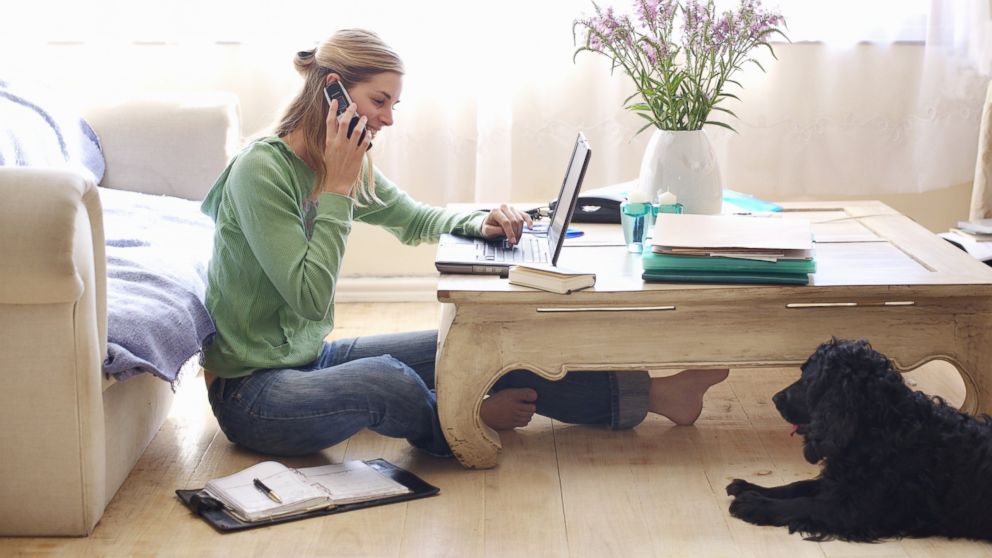To ready yourself for the new world that is developing before our very eyes, it will require a major readjustment in the way you think about your work, job, and career. In the last 100 years, work was all about finding a way to get from your home to your work establishment to earn an income and return to your home, where you may enjoy some rest and relaxation.
Join our Free Facebook Group
If you were like the growing majority of us, you may have found yourself shuttling between to or more jobs just to make the ends meet. Even with the raising of minimum wages across the USA, the minimum wage was not keeping up with inflation.
This meant we were working harder for less, and were exerting time, effort, and absorbing the expense of traveling to and from one or more work destinations to support our families.
Then came the COVID-19 pandemic, which changed the way we do business in America. To survive the worst part of the pandemic those who lost their jobs due to the coronavirus lock-downs, they were granted unemployment wages, plus a government stipend to help mitigate the damages of the shutdown.
During the period of the lock-down, essential workers were allowed to continue to travel to and from work, while others were permitted to continue to work if they could transform their work into a telecommuting job, which meant they would have to find ways to perform their duties from home in order to retain their jobs.
Telecommuting or working from home is not as easy as it sounds it means having to adopt a new state of mind when it comes to how you think about “being home.” You must set aside some separate workspace where you conduct your work activities without being interrupted. If you live alone, no problem, you may be comfortable kicking back on the couch and working in your pajamas (if your work does not include some videoconferencing).
Otherwise, you need to set aside a dedicated space to conduct your work, which could be in a spare room if you have one, otherwise, you can carve space out of an existing space, like a corner of the living room or bedroom, where you can set up a pseudo-office space to work at from home.
This is the future:
Most of the American work will be done from home.
The biggest fear of businesses in the United States is that without the constant overseeing of employees, production numbers would drop. Employers feared that left to their own devices, without supervision, employees would goof off, watch TV, or spend hours surfing the Internet instead of working.
This is what held back most employers from even considering making the shift from the office to telecommuting. When the coronavirus threat all but shut down American business, the only hope for survival was to hope that being able to telecommute and work from home would potentially save the non-essential businesses.
And what they discovered was that productivity for the work-from-home staff was increased by nearly 20 percent. As time went on and the COVID lock-down lingered, business owners and employers started to see the new future of business unfold before them.
They could imagine embracing this new methodology of conducting business as a positive way to greatly reduce expenses and expand their bottom line.
